I love a good story about historical gangs. Remember the 2002 movie, Gangs of New York? Two gangs faced off in the slum neighborhood known as the Five Points in 1846. The Irish Catholic “Dead Rabbits” go up against Protestant natives led by William “Bill the Butcher” Cutting for supremacy in the ‘hood. After the Industrial Revolution, British blue-collar industrial cities (e.g., Manchester, Blackburn, and Liverpool) and their economies suffered greatly spawning competing gangs and thugs in the impoverished slums. Following the 1870s, the inner-city of Birmingham fell into extreme poverty and this is the center of our story today about the underworld of the Cheapside Sloggers, Peaky Blinders, and the Sabini Gang.

Did You Know?
Did you know that in early 1942, the English began broadcasting through the British Broadcasting Corporation (BBC) requests for photographs and postcards of the coastline of Europe from Norway to the Pyrenees (Spain). The reasons given for needing these images were blatantly false. The images were actually to be used for intelligence on suitable landing sites for the inevitable Allied invasion. Along with intelligence gathered through the efforts of the French Resistance and aerial reconnaissance, the images collected by the BBC during 1942 and 1943 provided the Allies with enough information to determine the coast of Normandy would be the best landing beaches for the invasion on 6 June 1944.
The Peaky Blinders
The Peaky Blinders ruled the streets of Birmingham between the 1890s and 1910. They had beaten their rivals, The Cheapside Sloggers, to take control of the slums. The Peaky Blinders held on until 1930 but it was much smaller and less dangerous. Their activities mirrored American gangsters including protection rackets, smuggling, hijacking, robbery, and bookmaking. The Peaky Blinders were really a small-time street gang as opposed to the highly organized crime syndicates in the United States. Believe it or not, the only crimes they were arrested and prosecuted for were bike theft and home invasion. Expanding their “turf” was the best way to increase revenue and as such, much of their time was spent fighting competing street gangs.
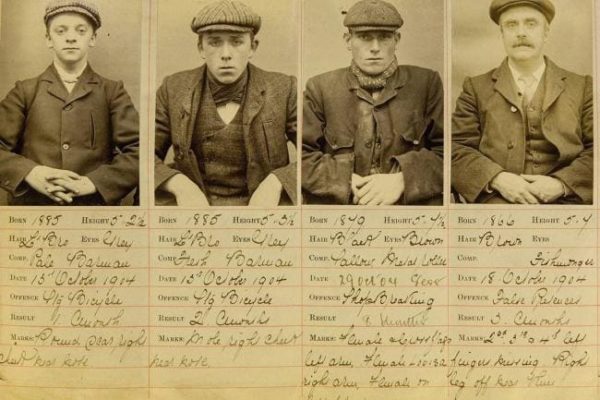
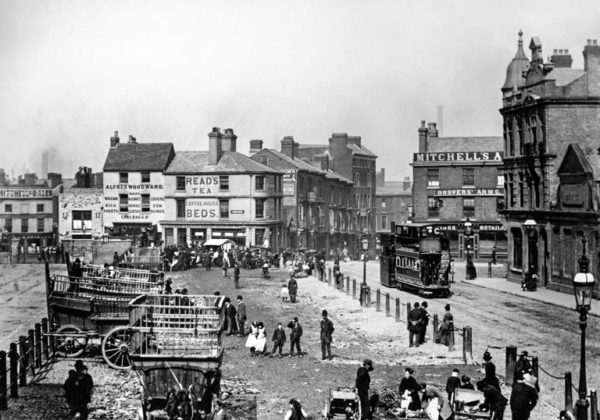
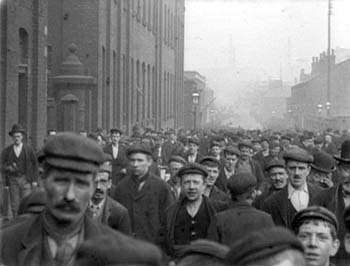
Some of the prominent Peaky Blinders were Harry “Baby-face” Fowles, Thomas Gilbert (gang leader), Earnest Haynes, David Taylor, and Stephen McHickie. Their distinctive outfits included tailored jackets, button waistcoats, silk scarves, bell-bottom pants, and leather boots (with steel toes). However, the most prominent signature piece was the peaked flat cap. The legend arose that the gang members stitched razor blades in the peaks of their caps and then used the cap as a weapon by headbutting or slashing foreheads. The term “peaky” was a slang word used to describe a flat cap with a peak.
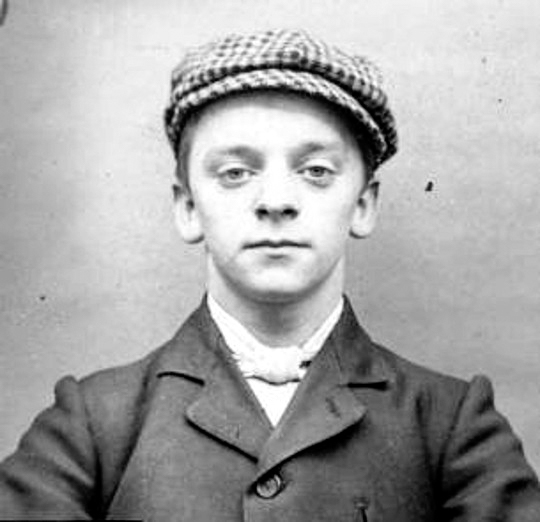
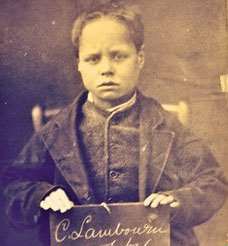
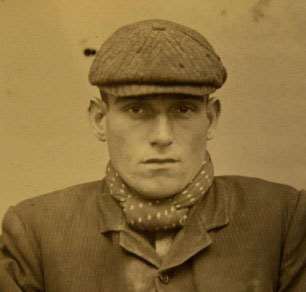
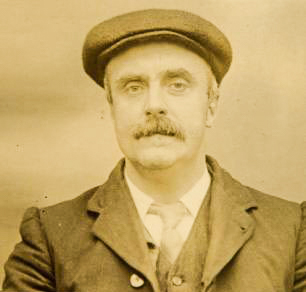
The gang’s expansion by 1910 into racetracks attracted the attention of another local street gang. The Peaky Blinders were no match for the Birmingham Boys and after violent clashes, most of the Peaky Blinder members and their families withdrew from their criminal activities and left Birmingham.
Razor Gangs – The Billy Boys
“Razor gangs” were violent street thugs using razor blades as their weapon of choice. The most notorious razor gang was located in Glasgow (Scotland) and led by William “Billy” Fullerton (1904-1962), a member of the British Union of Fascists. The gang originated in the 1920s and prior to World War II, Fullerton established a Glasgow branch for Sir Oswald Mosley, the British fascist leader, as well as providing Mosley with bodyguards (Our future blog, British Fascists and a Mitford, and the story of Mosley is scheduled to be published on 18 January 2020). Known as “The Billy Boys,” it was a Protestant gang which frequently fought Catholic gangs in the streets of Glasgow as it was Fullerton’s goal to damage the Catholic population in any way he could. The gang had a signature song which they sang while marching through Catholic sections of the city. The typical outcome was a fight with the Norman Conks, the leading Catholic street gang. By the 1930s, their song was being sung at Ranger football (i.e., soccer) fixtures (i.e., matches). The song is considered to be anti-Catholic and as such, UEFA (Europe’s governing body for professional football) considered the singing of the song to be discriminatory and in 2011, the song was banned. As a side note, I follow international football and in particular, the English Premier League. It seems hooliganism, once the scourge of English football, has now taken a back seat to racism.
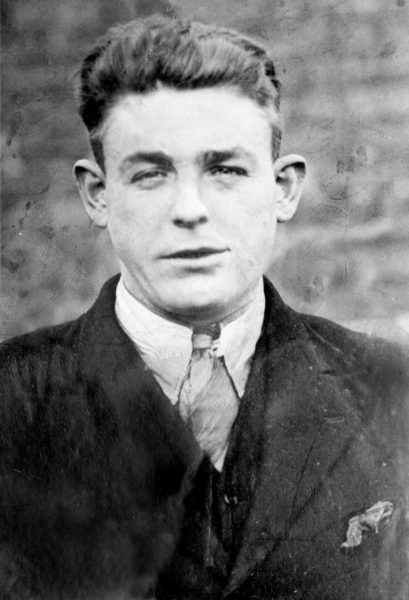
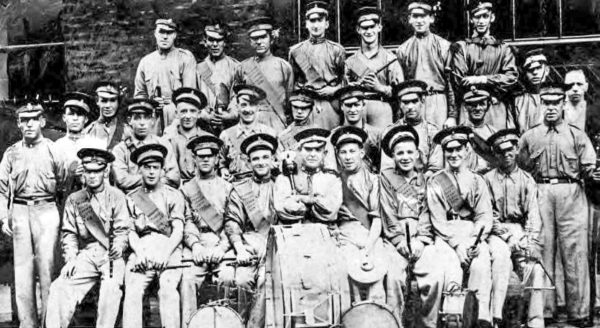
The Birmingham Boys
Between 1910 and 1930, William “Billy” Kimber (1882-1942) and his street gang, The Birmingham Boys or, “Brummies” controlled the streets of Birmingham. The British Gaming Act of 1845 abolished gambling with the exception of the horse tracks and the Brummies took advantage by controlling many of the lucrative tracks in the Midlands and Northern England. Unlike the Peaky Blinders, Kimber was successful in creating a well-organized crime syndicate by forming alliances with smaller but ruthless gangs in London and other strategic areas of England.
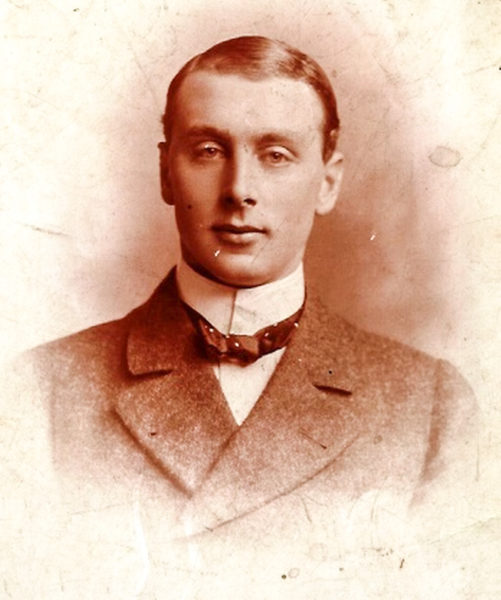
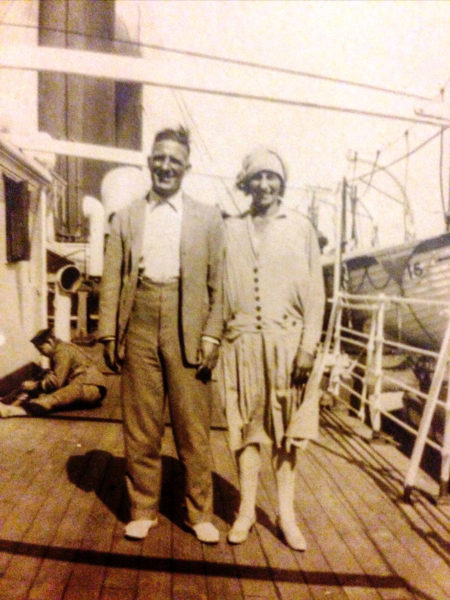
The Brummies controlled the racetracks on London’s southeast side and they began to shake down the Jewish bookmakers in the East End. The bookmakers turned to Edward Emmanuel for protection. Emmanuel, the top gangster in London, recruited the Sabini Gang to protect the London bookmakers.
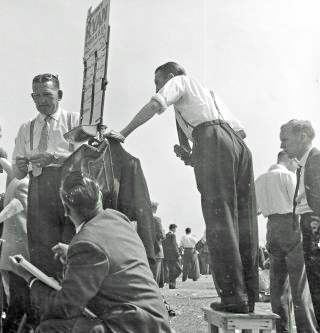
The Sabini Gang
Charles Sabini (1883-1950) was born in “London’s Little Italy” to an Italian immigrant day laborer and an English woman. Sabini trained to be a professional fighter but instead, became a bouncer. After a bar fight where he “defended” the honor of an Italian barmaid, Sabini established a reputation as a “protector.” He soon formed a criminal organization which controlled most of the racetracks in southern England and earned him the nickname of “Derby” Sabini and “King of the Racecourse Gangs.”
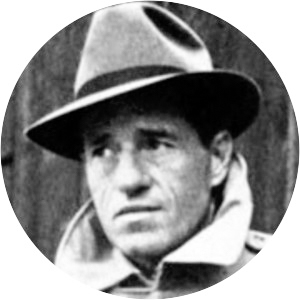
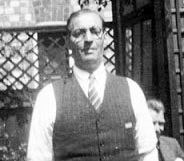
Despite the majority of its income from racetracks and protecting bookmakers, the Sabini gang diversified into other activities including extortion, theft, and operating nightclubs. During its heyday, the gang controlled the local police, judges, and politicians (this is starting to sound like Michael Corleone and “The Godfather”).
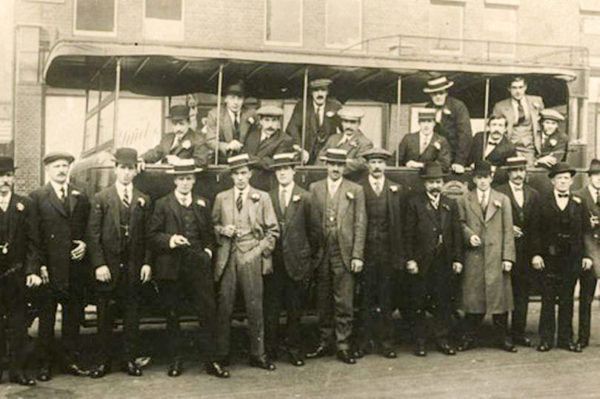
Soon, Billy Kimber and his Brummies took note of the profitable operations of the Sabini gang and London’s “Racecourse Wars” began. The Sabini gang was too much for Kimber and it didn’t take too much time before Sabini took over the racetracks controlled by the Brummies. By 1930, both gangs, Sabini and the Birmingham Boys, were out of business. The Jockey Club saw to it that the Sabini gang lost their most lucrative tracks and the police finally caught up to the gang’s other nefarious affairs. Due to his ethnic heritage, Charles Sabini was interned as an enemy alien during the early years of World War II and ultimately, lost his son who was killed while in the RAF. After his release, Sabini became a bookmaker before passing away in 1950.
✭ ✭ Learn More About The Billy Boys and Birmingham Gangs ✭ ✭
Gooderson, Philip. The Gangs of Birmingham. London: Milo Books, 2010.
Grimaldi, Alberto (Producer). Gangs of New York. Alberto Grimaldi Productions, 2002.
McDonald, Brian. Gangs of London: 100 Years of Mob Warfare. London: Milo Books, 2010.
What’s New With Sandy and Stew?
This is our last blog for 2019. I hope you all had a good year and are now looking forward to the new year. We’ve completed the process of decorating for the holidays even though it will only be the two of us. We only traveled twice in 2019 but they were fantastic trips. Four weeks in Southeast Asia and a couple of weeks in Egypt were “signature” events for us. Sandy and I travel almost exclusively for history and those two trips far exceeded our expectations in that regard. We have five, maybe six trips planned for 2020. All will be outside the country including a couple of weeks in Paris.
Thank you to all of you who subscribe to our bi-weekly blogs. It seems there isn’t a day that goes by where we don’t increase our readership. Thank you to everyone who has contacted us over the past year! We love hearing from our subscribers and readers. Please let your history buff friends and family members know about our blogs.
Sandy and I wish you all a wonderful holiday season and a Happy New Year!
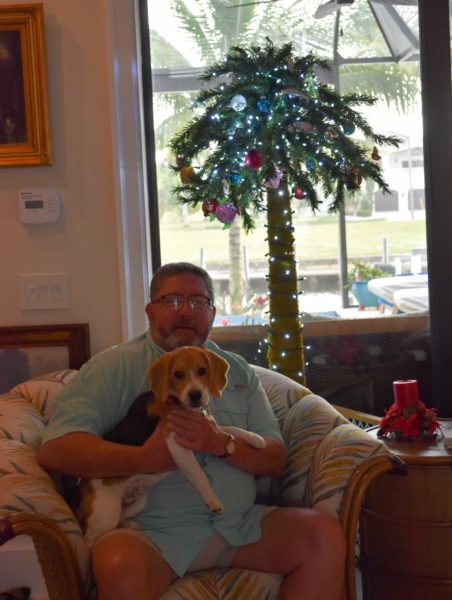
Someone Is Commenting On Our Blogs
I’d like to thank David A. for reaching out to us with his question regarding John Singer Sargent and Amélie (read Madame X and Her Strapless Gown here). David was curious whether Sargent met Amélie in Cannes sometime in 1884. David, if they did, it would have been before May 1884 because the Paris salon began in May and Amélie’s portrait caused such a scandal that it is unlikely the two ever spoke to one another after Sargent left for London thirty-six days later. Thank you, David, for subscribing to the blogs and we hope you enjoy the future ones.
We love hearing from our readers. So, please don’t hesitate to contact us as we answer every e-mail received.
If there is a topic you’d like to see a blog written about, please don’t hesitate to contact me. I love hearing from you so keep those comments coming.
Why Would You Want To Buy Our “Walks Through History” Books?
Simple.
You like to travel and experience history and historical events. You like to see original buildings that had a significant impact on the people and events of the history you’re engaged with. You want to know the stories behind the brick and mortar in front of you.
The walking tour books are meticulously researched so you can go directly to those sites and learn about the building’s history as well as an introduction to some of the more interesting people associated with it.
We Need Your Help
Please tell your friends about our blog site and encourage them to visit and subscribe. Sandy and I are trying to increase our audience and we need your help through your friends and social media followers.
Thank You
Sandy and I appreciate you visiting with us. We have some exciting things on the horizon and we’ll keep you updated as we go along.
Share This:
Follow Stew:
Find Stew’s books on Amazon and iBooks.
Please note that we do not and will not take compensation from individuals or companies mentioned or promoted in the blogs.
 Walks Through History
Walks Through History
Copyright ©2019 Stew Ross

Hi my father was a Haynes. One of the original peaky blinders was Earnest Haynes. My father was raised near Summerlane Aston Birmingham. He married my mother who is a Youster. Ironically Earnest Haynes stole Ralph Yousters bike. On some sites it says that Earnests 2nd name was not Haynes but Bayles. Can you confirm was he Earnest Haynes or Bayles? Kind regards Kim.
Hi Kim; It seems your comment led us to the fact that we had misidentified one of the images. Rather than the image being that of Earnest Haynes, it is Ernest Bayles. I did some preliminary research into your question and you are correct. There are both individuals mentioned throughout the sites dedicated to the Peaky Blinders. I don’t know how Earnest Haynes fits in as I couldn’t find any information. There is the West Midlands Police Museum that seems to have dedicated much of its exhibits to the Peaky Blinders. Sadly, the museum’s expert, David Cross, passed away recently. I suggest you contact the museum and find out who is the new resident expert on this subject. Sorry I couldn’t be of more assistance. STEW